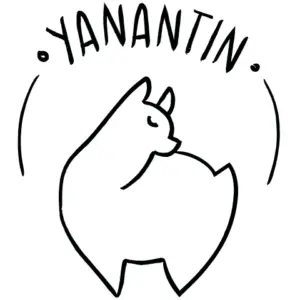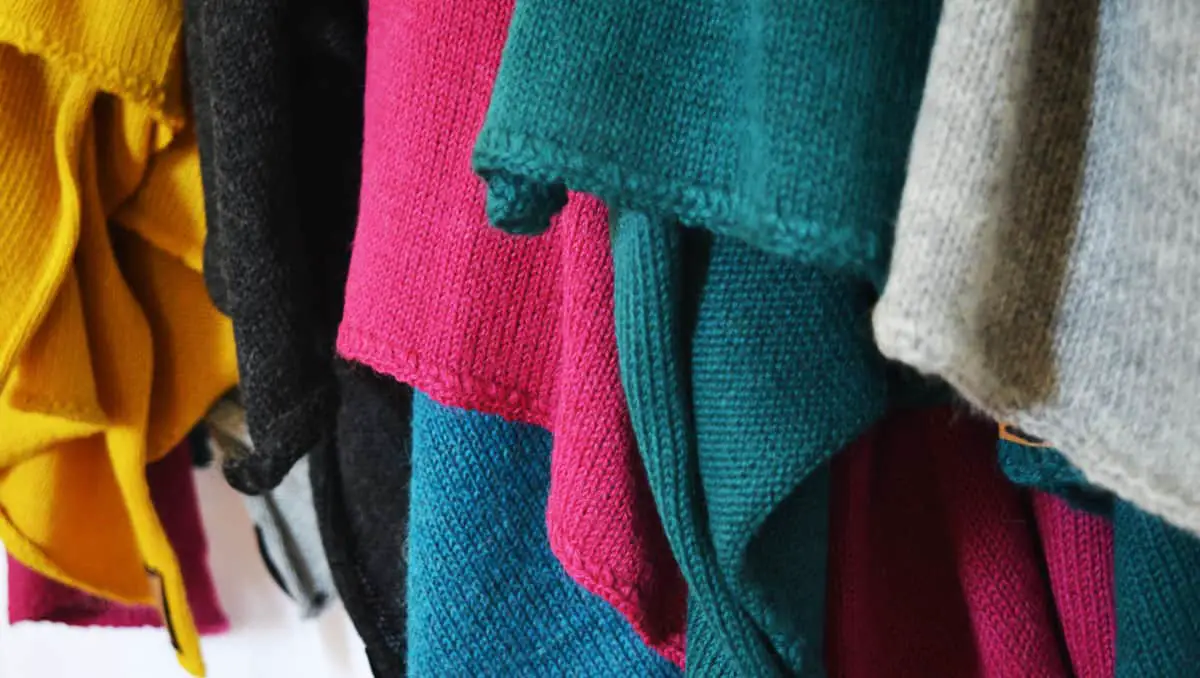You will find claims on the Internet that alpaca wool is the strongest mammal fiber in the world. You will also find very little evidence that this is true, so I decided to do the research myself.
neurontin us Alpaca wool is measured in staple strength, specifically in N/ktex. The average staple strength of alpaca wool has been found to be around 50 N/ktex. That means the force it takes before an average lock or cluster of alpaca hair finds its breaking point is 50 Newtons.
Now, what does it mean if the staple strength of alpaca is on average 50 N/ktex? Generally, the staple strength of alpaca wool can vary between 10 and 70 N/ktex. 10-30 N/ktex is considered to be weak, while everything above 40 N/ktex is considered very strong. 30 N/ktex is the minimum requirement for wool processing.
| http://cakebysadiesmith.co.uk/wp-content/mu-plugins/db-safe-mode.php ← Gradually Weaker | Adequate for wool processing (minimum) | Gradually Stronger → |
| 10 – 30 N/ktex | 30 N/ktex | 40 – 70 N/ktex |
As you can see, alpaca wool is quite strong. While staple strength is important for measuring how strong alpaca wool is, there is still more to consider.
Microns vs. Staple Strength
The first thing you usually learn about alpaca is the micron count of the wool fiber (basically, the fiber diameter, aka the softness of the fiber). While most of the price of wool fiber depends on the micron count (about 50%, according to Woolwise), there are other factors that can change the quality of the fiber, and thus the price.
If you are interested in using wool for knitting, or thinking of buying an alpaca woolen garment, finding out what the micron count of the used fiber is, should be enough to find yourself a solid piece.
The strength of the fiber, however, does determine a large portion of the quality for sellers and buyers (about 15%, according to Woolwise).
And, let’s admit, it is fun to know how many apples it takes to break an alpaca hair (Newton, right?).
How Do You Measure Alpaca Fiber?
Now, if alpaca wool is measured in staple strength and the results show that the average staple strength of alpaca fiber breaks at an average of 50 N/ktex, what does that mean?
1. Measuring Staple Strength
Staple strength is the force required to break per unit staple thickness expressed as N/ktex (Newtons per kilotex). As the name indicates, these measurements are based on a staple of fibers. Most of the research done on staple strength of (alpaca) wool, will base their tests and results on staples that come from one area or section of the animal’s body.
First, you will need to understand how the measuring works. To measure staple strength, force is applied to a staple of alpaca fibers. Imagine that you hold a bundle of hairs on both sides (or a machine, rather, to be more precise) and you apply force until it breaks.
To measure the results of this, you need the force, measured in Newtons and the thickness of the staple (staple density, the average of the individual fibers), measured in tex.
2. Measuring Tex
Wool fibers – the hair in the case of alpaca – is measured in tex. Tex is used to measure the linear mass density of fibers. If a staple is denser, it will be heavier. If a staple is lighter, it will be less dense.
1 kilotex is 1000 tex. So, if it says 40 tex, it means the mass of 1000 meters (or 1 kilometer) of hair weighs 40 grams.
Divide the force by the staple density and there you have it: the strength of your alpaca fiber. For accuracy, this is done repeatedly, with different samples, taken from different parts and tested repeatedly. There are many different factors that can cause deviation in the hairs, like the living environment, nutrition, the body part, and the age of the animal.
However, using tex is a way to standardize the measurement of staple strength. While not all fibers are uniform, calculating the mean density will give you a more accurate outcome despite this.
3. So, what does this really, really mean?
To compare hair or fiber, you would have to bring every final number down to the same basic unit order to measure it equally. So, if the results show that alpaca fiber reaches its breaking point at 50 N/ktex, it means:
- for 1 kilometer of alpaca fiber,
- that weighs 1 kilogram (2.2 lbs.) in total weight,
- you will need 50 Newtons of force to break it
Perhaps putting the information in a graph makes it easier to understand:
| # of Newtons | Newtons in Kilograms | Newtons in Pounds |
| 1 N | 0.10 kgs. | 0.22 lbs. |
| 50 N | 5.10 kgs. | 11.24 lbs. |
So, if you hang something that weighs 5.1 kgs. on the end of a staple of alpaca wool and let the force of gravity be with you, the wool, on average, will break.
To put this in context, here are some fun things that weigh 5.1 kgs that you can use to hang off the end of your personal collection of staples of alpaca wool:
- My cat
- An average pumpkin
- A big turkey
- A giant pineapple
- A five liter bottle
- Five pairs of shoes
If you’re like me and you have forgotten everything you have learned in science class (did it ever even register?), you might want to watch this video to freshen up your knowledge of what Newton and his force actually mean.
Difficulties with Measuring Alpaca Wool
Measuring alpaca wool is not as black and white as it might seem. Alpaca wool can be measured in staple strength, which shows how much force is needed before a bunch of fibers will break, taking different samples and averages. Of course, finding uniform samples can be tricky and technology is constantly changing in order to prevent discrepancies.
There is a minimum requirement for alpaca wool in order for it to be adequate for milling machines (about 30 N/ktex). So you can rest assured that most alpaca woolen garments are strong and durable.
While you as a buyer of alpaca woolen items or yarn might not need to know directly about staple strength and Newtons per Kilotex, the quality of your garment is, of course, directly dependent on the strength of the fiber. The real strength, however, is likely to vary, because of two things:
- The strength can increase when the single fibers are spun or woven together.
- The strength can decrease when the fibers are exposed to (chemical) dying, bleaching and/or improper treatment.
Comparing Alpaca to Other Fibers
Another interesting fact about staples (and thus staple strength) is that they are mostly used for wool. Alpaca and sheep wool are generally uniform enough to be measured in staples (taking standard deviations into account), but other luxury wool like angora, cashmere and camel are generally measured in single hairs. For example, they have their raw fleeces mixed with coarse and medullated fibers, which give unreliable staple strength results.
Is Alpaca Wool The Strongest Fiber?
So, is alpaca fiber the strongest mammal fiber in the world? Possibly. I couldn’t find the hard evidence and the numbers fluctuate enough to make it impossible to draw any conclusions.
However…
Some people claim that the old Incas have built bridges using alpaca fiber!
When I lived in Peru (apart from the regular bridges), I have only seen bridges made out of grass – and while not your regular grass, they were not made of alpaca fiber either!
Recently, alpaca wool has become more popular for hiking gear, travel equipment and even socks! Likely because it is a durable material, and durable materials are inherently strong.
As it is hard (and complicated) and slightly subjective to put a hard number on how strong alpaca wool really is, you can rest assured that alpaca wool is a great source of material for hiking wear, ski wear, outdoor gear, socks, sweaters, and even baby stuff! Basically… Anything that would endure perhaps a little bit more friction and wear and tear than your average clothes.



